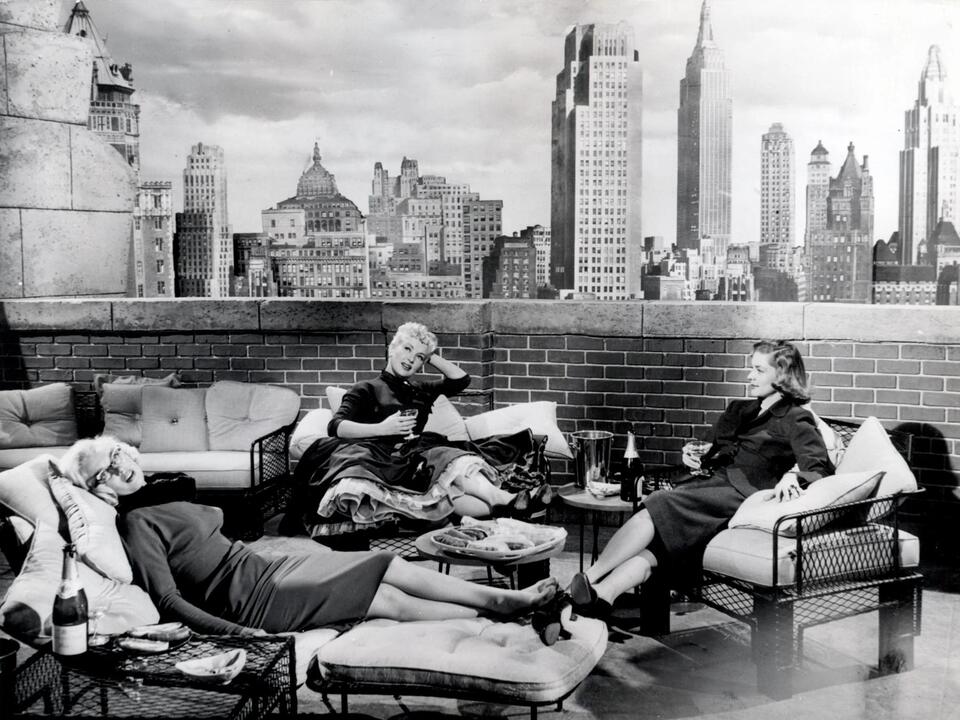Physical Address
304 North Cardinal St.
Dorchester Center, MA 02124
Physical Address
304 North Cardinal St.
Dorchester Center, MA 02124

Everyone dreams of marrying a millionaire, but few are as dedicated as Pola Debevoise, Loco Dempsey, and Schatze Page in the 1953 hit film “How to Marry a Millionaire.” The movie, featuring the iconic Marilyn Monroe, follows these three women as they attempt to wed wealthy men in New York City, only to find out that most of their prospects are either shady or downright creepy. Eventually, they realize that genuine compassion is more valuable than cash. The screwball comedy, a rare film where Monroe is seen wearing glasses, grossed $8 million at the box office and recently celebrated its 70th anniversary.
The primary apartment in the film is located at 68 Sutton Place at 55th Street, New York, New York 10022. The building still stands, and fans still visit it to pay homage to Marilyn Monroe.
The actual plot of “How to Marry a Millionaire” doesn’t kick off until eight minutes into the film. The opening is filled with music, credits, and a montage of New York City—an unconventional start that made the film unique for its time.
This movie made history by being the first film ever televised on NBC’s “Saturday Night at the Movies” on September 12, 1961. It was so successful that it spurred the creation of “Monday Night at the Movies,” an idea later adopted by ABC and CBS.
In a departure from her usual on-set challenges, Marilyn Monroe got along well with her co-stars in this film. Betty Grable, for instance, thought Monroe was wonderful and even painted her nails during a promotional photoshoot. Lauren Bacall also found it easy to get along with Monroe, hoping that peaceful collaboration would encourage Monroe to trust her and open up.
Both “How to Marry a Millionaire” and “Gentlemen Prefer Blondes” were released in 1953, two of Monroe’s most treasured films. In a nod to “Gentlemen Prefer Blondes,” Monroe’s character drops the line, “You know, of course, that diamonds are a girl’s best friend,” referencing the famous song from the earlier film.
The film was pioneering in its use of CinemaScope, a new lens technology at the time. This wide-screen format required unique filming techniques, such as keeping actors moving and spaced apart to fill the long, narrow screen. Lauren Bacall recollected in her memoir, “By Myself,” that CinemaScope necessitated shooting longer scenes, which she felt brought the experience closer to stage acting.
“How to Marry a Millionaire” was also 20th Century Fox’s first film to be shot in CinemaScope. Despite the challenges of this new technology, it added a distinctive visual flair that contributed to the film’s success.
Marilyn Monroe and David Wayne, who played a pivotal role, were not strangers when they teamed up for “How to Marry a Millionaire.” The two had previously worked together in “As Young as You Feel” (1951) and “We’re Not Married!” (1952). Although they appeared in “O. Henry’s Full House” (1952), they did not share any scenes in that film.
“How to Marry a Millionaire” remains an iconic film that has left an indelible mark on both cinema and popular culture. Celebrating its 70th anniversary, it continues to captivate audiences with its timeless humor and the star power of Marilyn Monroe, Betty Grable, and Lauren Bacall.
Source: 20th Century Fox, Silver Screen Collection, Getty Images, Earl Theisen, Sunset Boulevard, Corbis via Getty Images.



